04.26.13
“…Birds sing to you at night. The rain and the sun, the changing seasons are true friends. Solitude is a hard won ally, faithful and patient. Yes, I think I know you.” – Henry Rollins, Black Coffee Blues
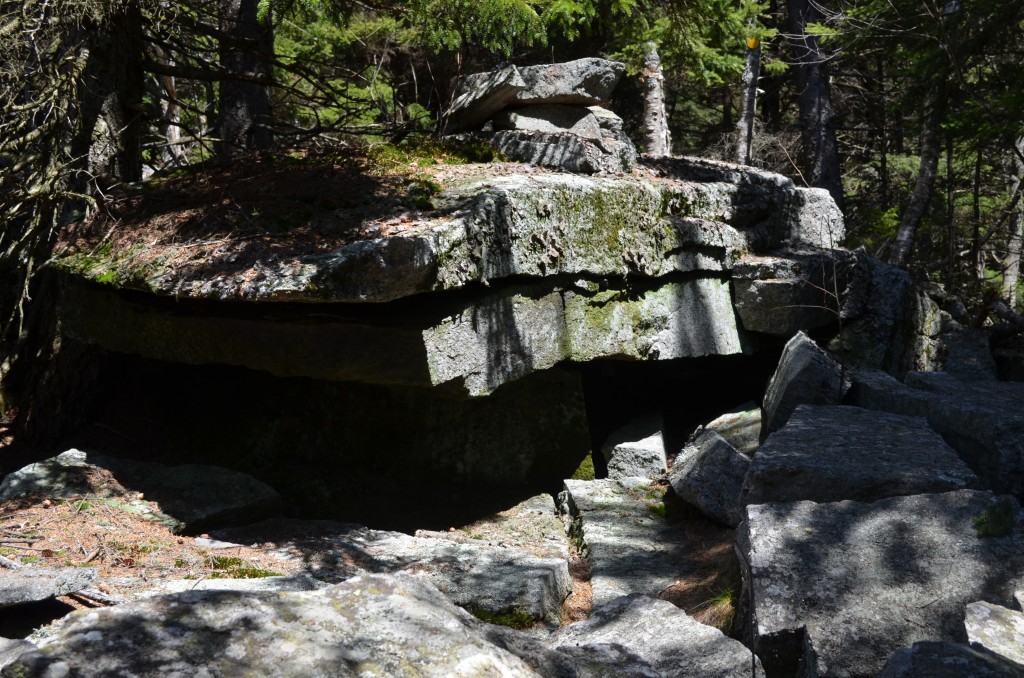
Winter may have exhaled its final breath on the Monadnock Region this past week. On Tuesday, overcast skies dominated and temperatures at the base of Monadnock never reached higher than the mid 30’s. Wind chills at the summit were in the single digits. Temperatures actually climbed overnight into Wednesday morning and then jumped 25 degrees in a matter of 4 hours, reaching into the low 70’s by the afternoon.
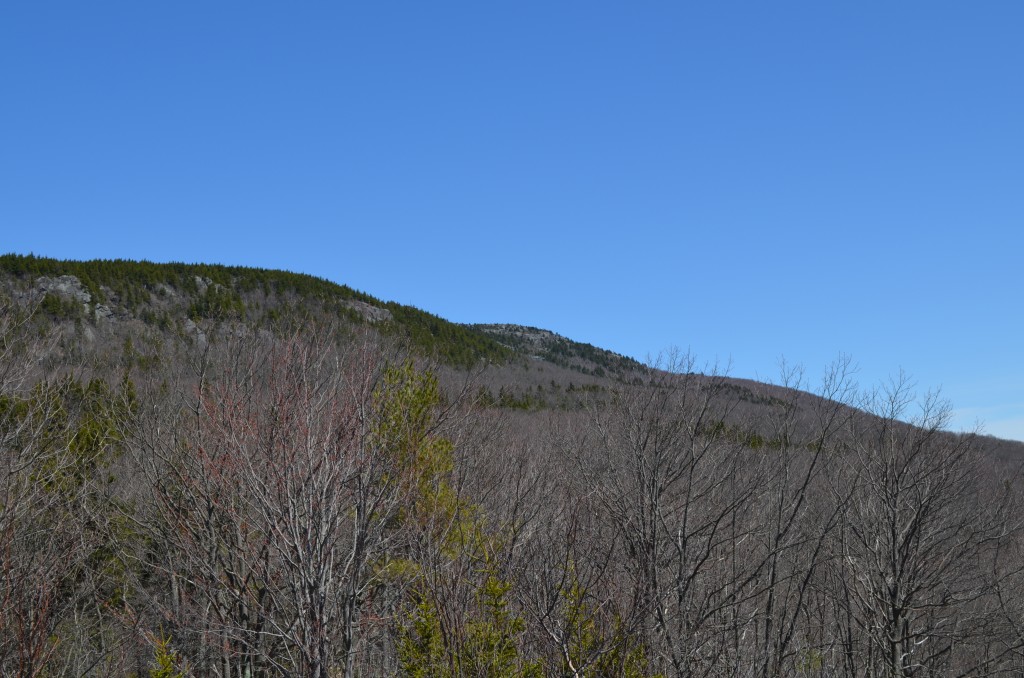
After some possible light rain this afternoon and early evening, the forecast for Mount Monadnock looks generally favorable through the weekend and leading into next week. We expect to be enjoying partly sunny skies and temps at the mountain’s base in the low to mid 60’s. However, hikers should bring layers and expect colder conditions above treeline.
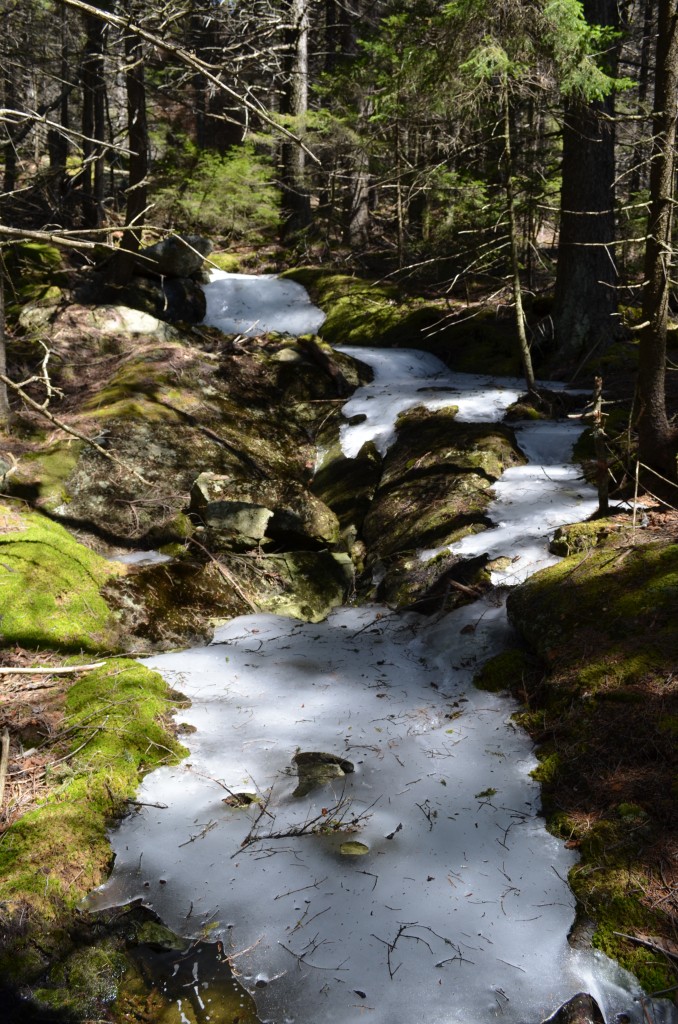
Campers can expect fairly clear overnight conditions, but temperatures will drop into the mid 30’s over the weekend and into next week.
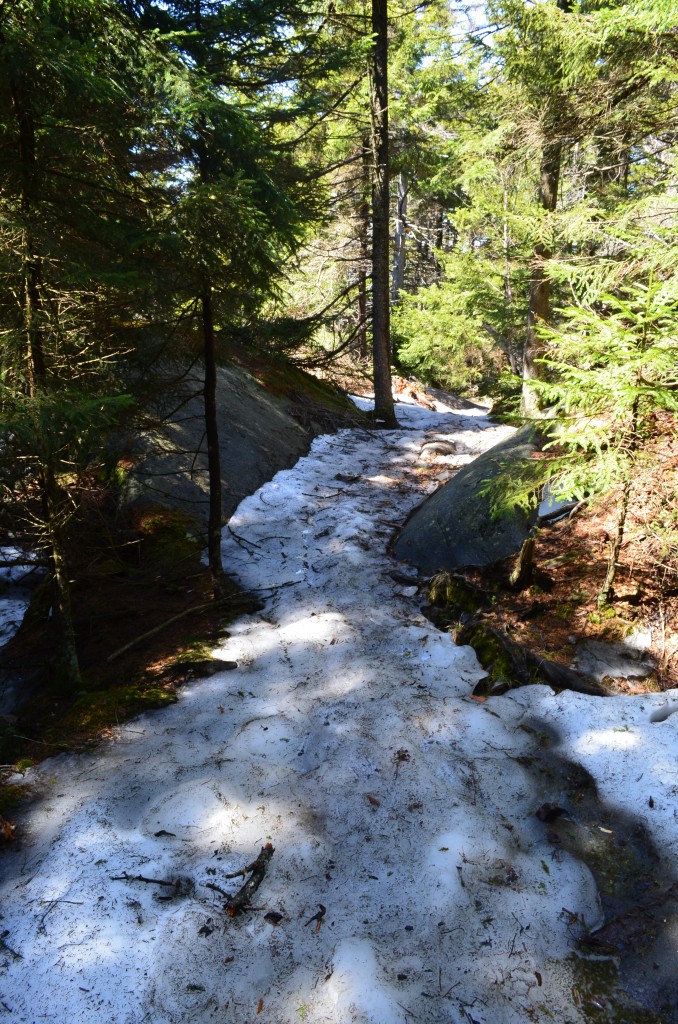
There are a few remaining patches of snow and ice scattered in the shaded middle elevations of Monadnock. Some short stretches may require light spikes on select trails, but most of the trails have dried out.
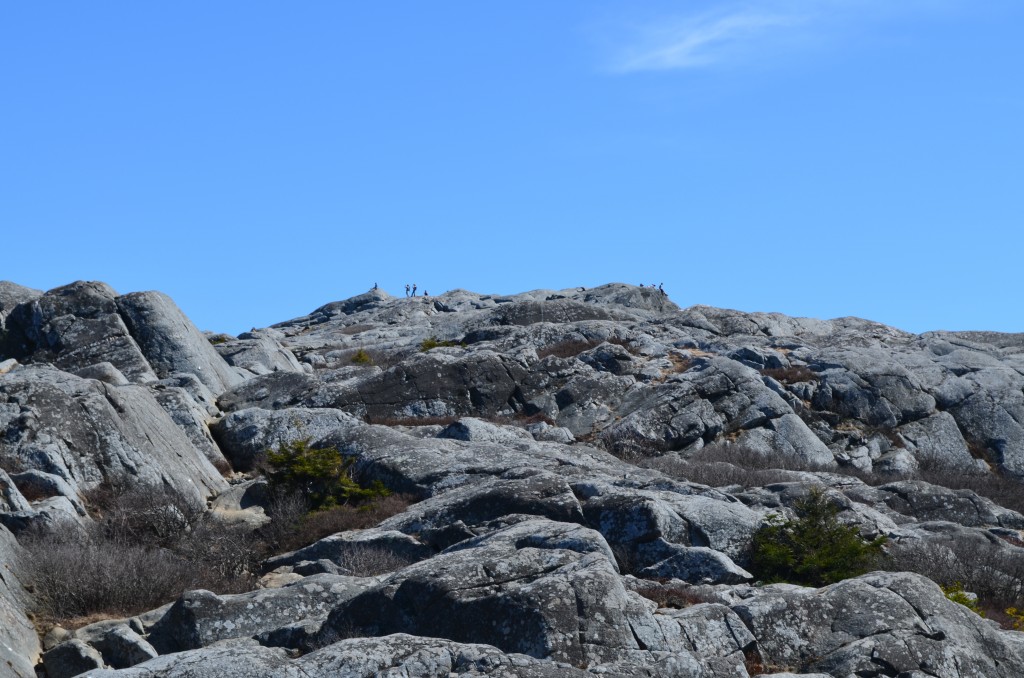
The black flies and mosquitoes are not out just yet, so it is a really nice time to hike. However, we are seeing a lot of tick activity in the Region, so be sure to take precautions and check yourself for ticks after your hike. Stay on trail to help minimize the chances for picking one up.
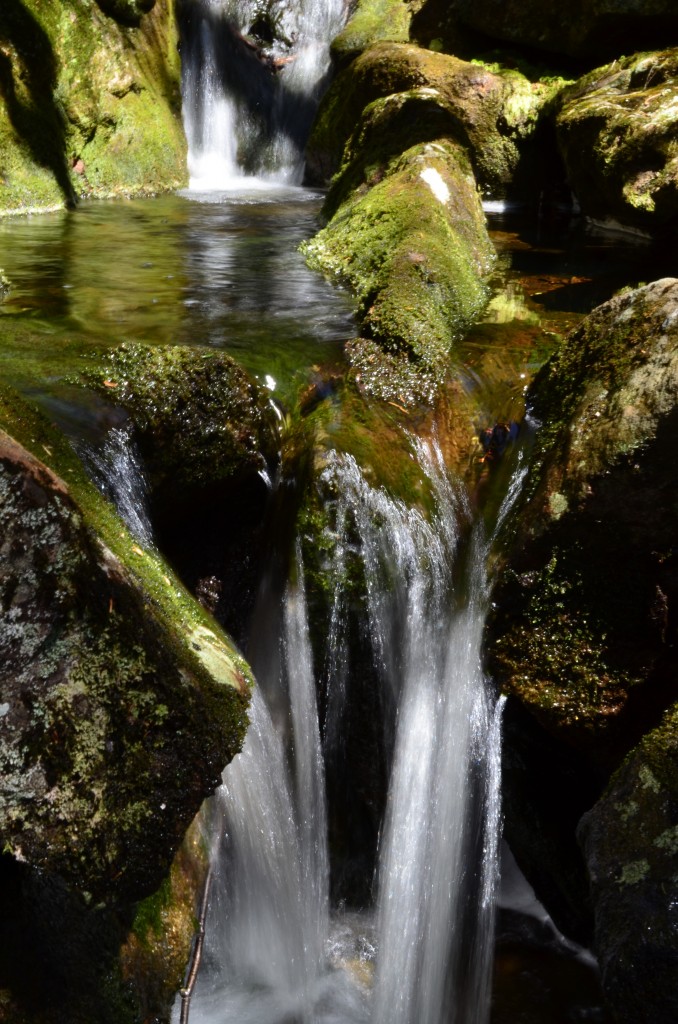
The Blog Continues…
There might have been some confusion caused by some wording in a previous blog entry that led some readers to believe that the Monadnock Weekly Report would not continue after the completion of Winter. I just wanted to reassure any concerned followers that this is not the case and that the Monadnock Weekly Report will continue to be posted each Friday throughout the entire year.
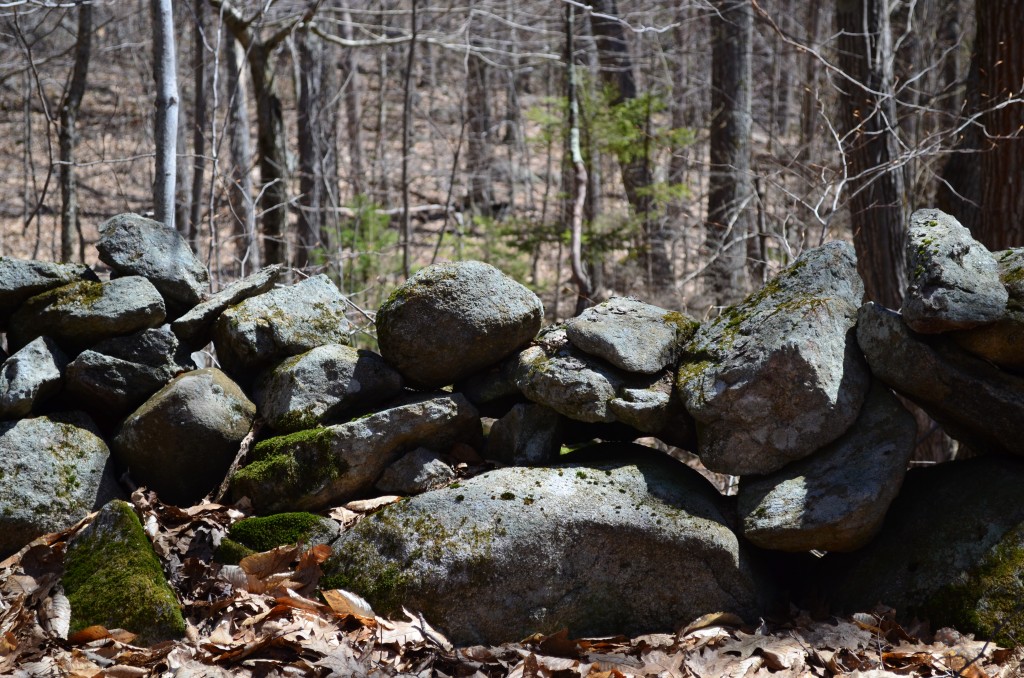
This Week’s Monadnock Historical Landmark
For this week’s look back in time, we will visit a little known structure that once stood on the south face of Monadnock’s summit; the Rain Shelter.
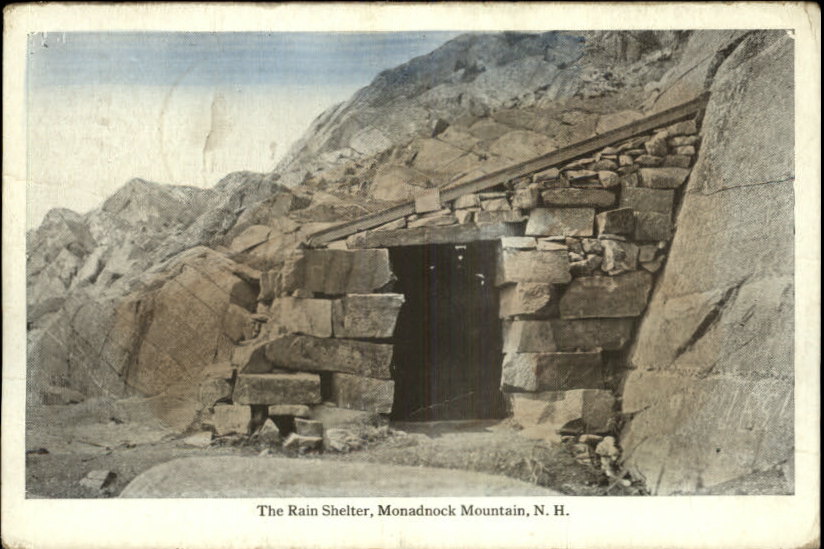
Monadnock author Allen Chamberlain credits Monadnock trail blazer Scott A. Smith with the building of the rain shelter in 1910, however, it is thought that Smith and his Monadnock hiking friends, known to the Half Way House Hotel guests as the “Woodshed Gang,” raised funds for its construction. This small stone building was set against a flat ledge, using rocks taken from around the summit for its walls and featured a tin roof.
It was located on the south face of Monadnock’s summit, just east of the White Arrow trail and, of course, was purposed to shield climbers above treeline who might be inadvertently caught in a storm.
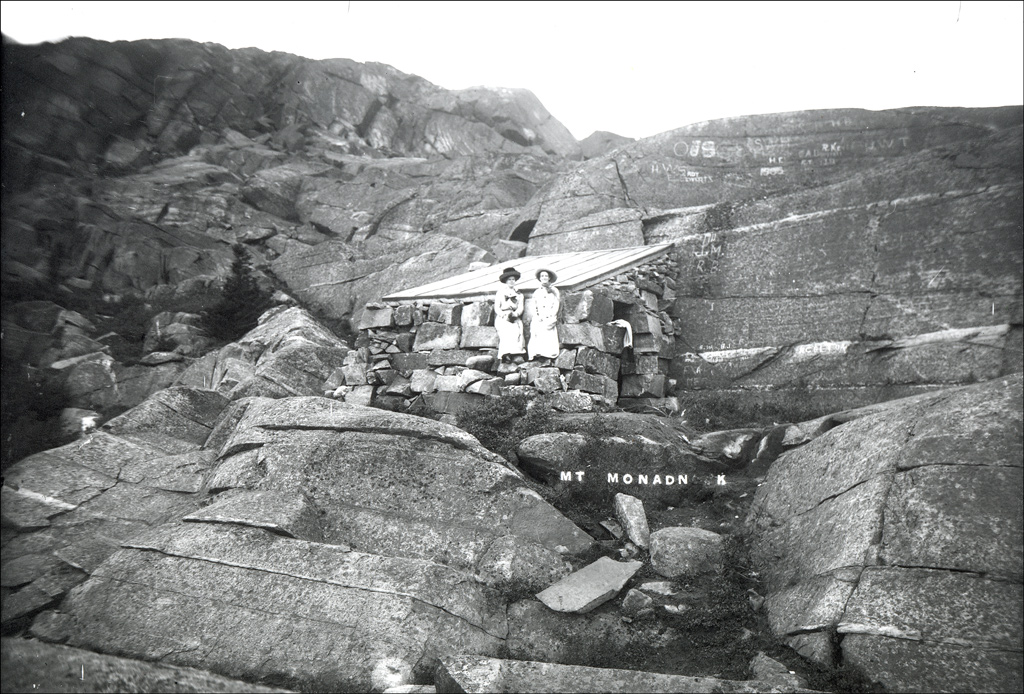
The Rain Shelter stood for 28 years until the Hurricane of 1938 came ripping through New England in September. In addition to wreaking havoc on the trails of Mount Monadnock, like it did in many towns and cities of New England, the great storm also blew the roof off of the Rain Shelter.
The roof was never replaced and the remains of the Rain Shelter eventually were dismantled.
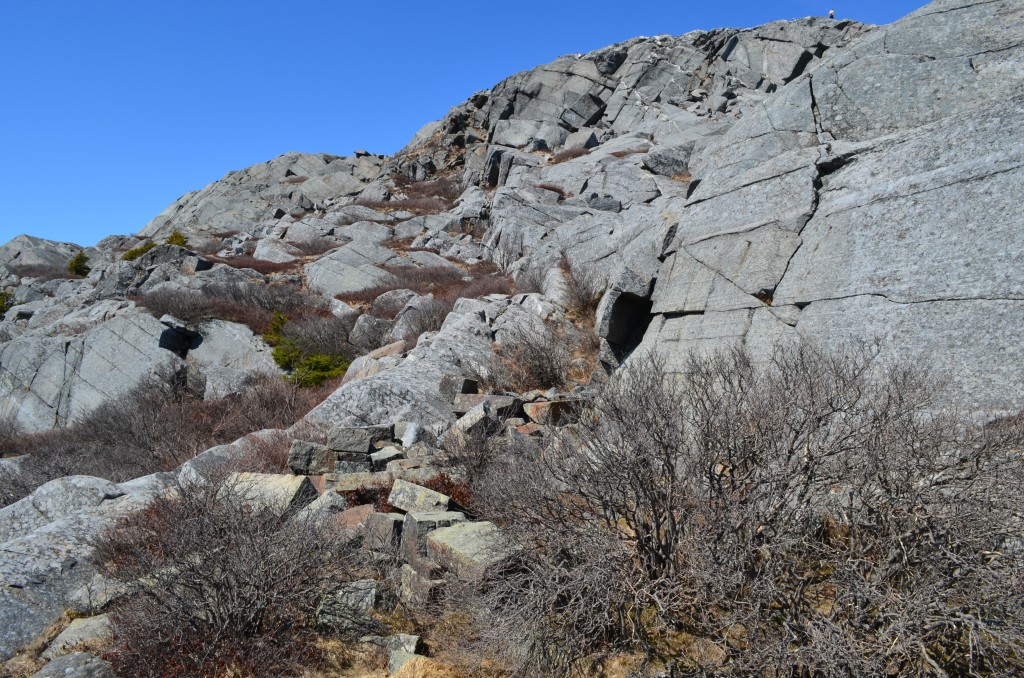
“No Shelter”
Even though climbers today have better access to more protective clothing and increased technology in weather forecasting, the weather continues to be a concern for our visitors. There are no longer any structures to shield hikers from conditions at Monadnock’s summit, but the weather patterns and sudden changes in weather above treeline continue.
Monadnock’s height may not be intimidating on paper, but its geographic isolation and elevation above the surrounding area can often cause it to mimic higher peaks in many ways. Mount Monadnock can attract its own weather patterns that may differ from conditions even at its base. 90+mph winds, blinding snow, driving rain, dense fog, and striking thunder storms are no stranger to this mountain’s heights and have caused life threatening situations.
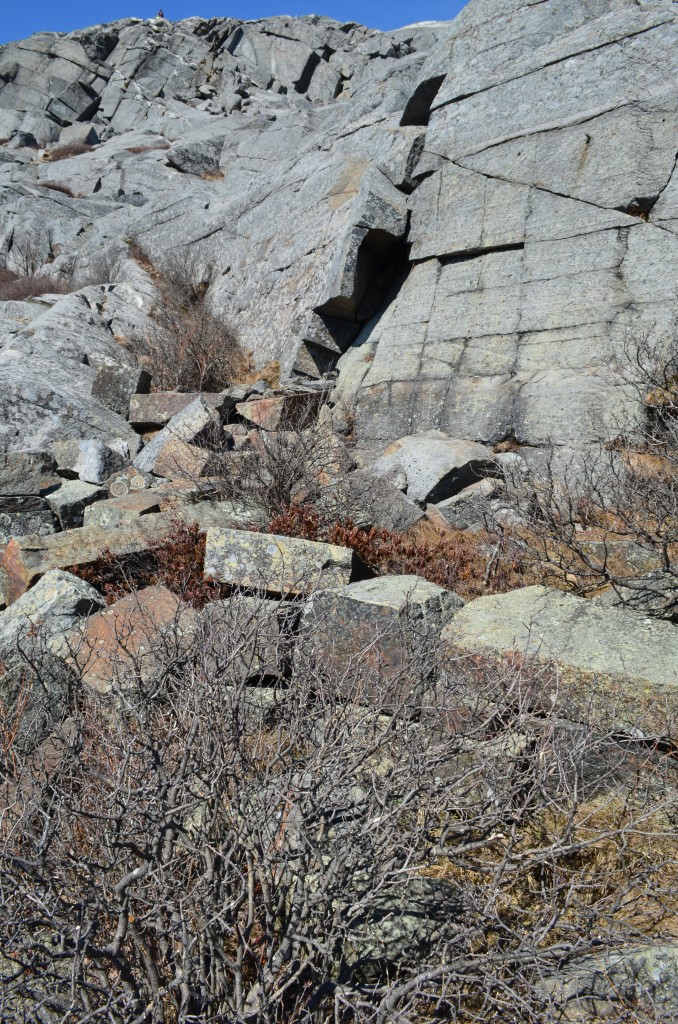
The Rain Shelter may have served as a crude sanctuary for climbers 100 years ago, but today’s hikers especially need to be prepared and practice good judgment when venturing above treeline. We are coming into the time of year when thunderstorms can suddenly and unexpectedly interrupt an otherwise banner day. You do not want to be the highest point in southern New Hampshire during a thunderstorm, so climbers should descend slowly and carefully down the mountain at the first sign of a storm and get below treeline and off any exposed ledges as quickly and safely as possible.
For more information on hiker safety, click here.
“Know before you go!”
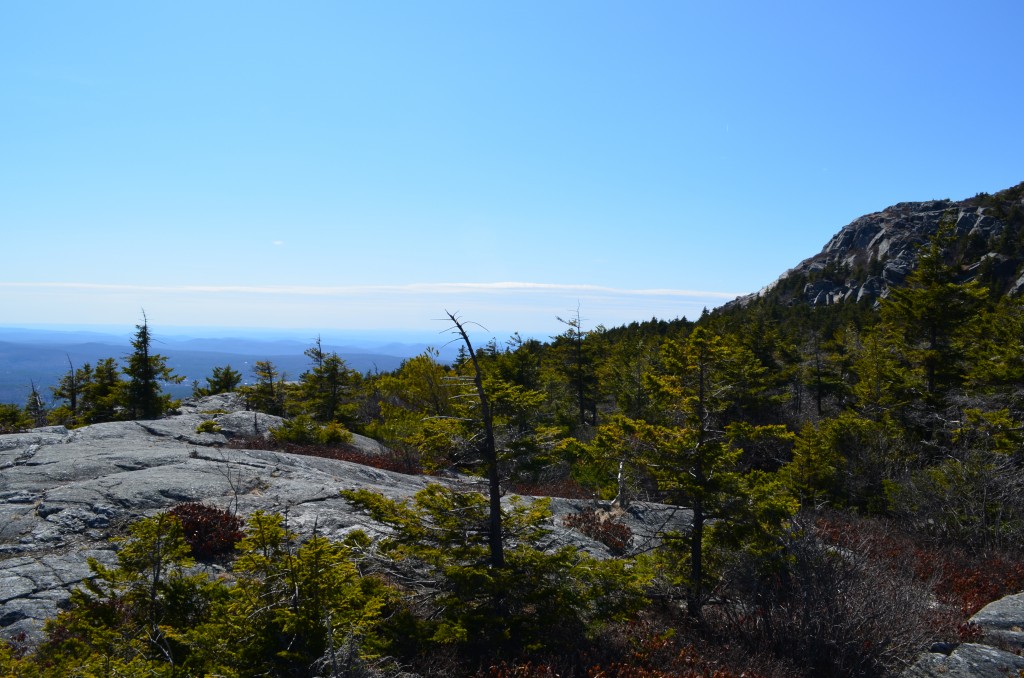

Thanks for these safety tips. I’ve been up there when it gets slippery and I sometimes have to tell myself to throttle back because haste can get you in trouble. I’ve gone off the trail and laid out beside a fallen tree if the cracks of lightening are too close. Usually I just wait it out until the only thing I can hear is a faint sound of sprinkle and the chipmunks laughing at me.